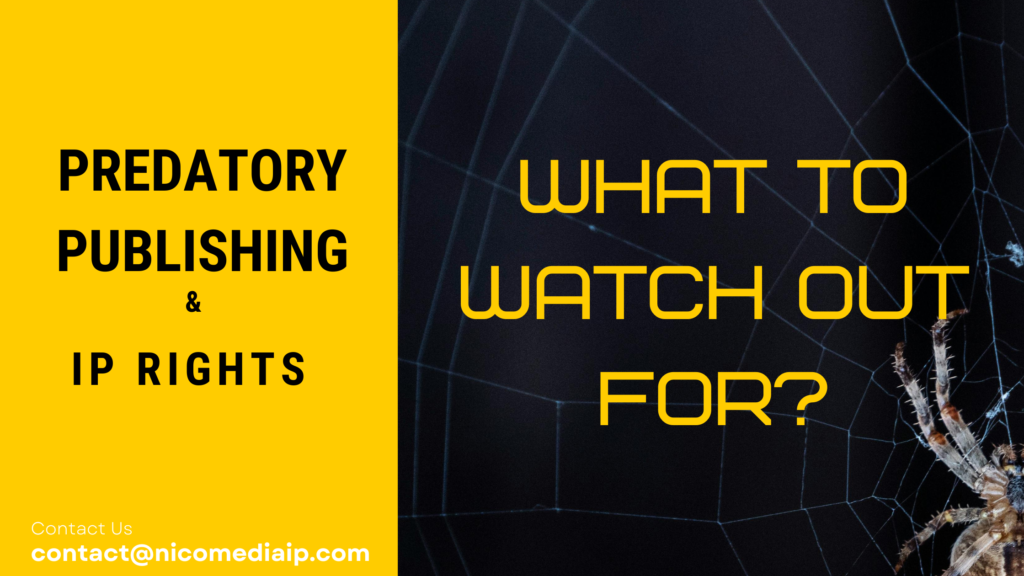A big part of innovation is research. Years of documented scholarly work are required for innovators to create prototypes that are worthy of market consumption.
However, today, the financing of academic research has changed. Allowing open-access journals bought out at a fee or Article Processing Charges (APCs) to publish research studies. Although open access has made coveted research freely available to those in need, it has unleashed multitudes of negative side effects that are predatory in nature.
Multiple examples of studies state that these predatory business models are primarily targeting developing nations. For instance, a recent study showed that India’s researchers from many of the highest-regarded institutions are being targeted by these unregulated predatory journals. Besides, a study in 2015 by BMC Medicine illustrated that 75% of authors from Asia and Africa were targeted by these predatory journals. A 2014 article in Current Sociology showed that institutions in developing nations such as Nigeria prioritize the number of publication records against industry experience and quality of research for acceptance of reputed innovation and promotional appointments in the government sector.
Predatory Publishing: What is it?
Predatory publishing is a business model that charges publication fees to scholars and researchers for publishing their works in public research journals. While open access has its benefits, it also allows unrestricted access to academic literature and facilitates important innovations. Predatory publishers are known to practice unethical processes such as selling authorship, allowing plagiarized or fake research, and infringing or allowing authors to infringe copyright and patent illustrations.
Key IP Identifiers of Predatory Publishers:
If you have been targeted by a predatory publisher or are looking to publish your research but can’t figure out how to identify a predatory offering, then the following should be your next steps:
- Copyright Ownership: Predatory publishers require an ownership agreement, unlike credible publishers with whom you sign exclusive licensing terms and conditions. Predatory publishers require you to sign away a transfer of copyright, which means that scholars will lose the right to publish elsewhere the moment your payment goes through. Besides, this leads to false ownership and rejection of your claimed works in the future.
- Patent Illustration Documentation: Predatory publishers have vulnerable and poor document management systems, where an innovation’s drawings or graphic illustrations suffer from a lack of privacy and access from unethical entities. These issues can cause rejection or plagiarism of the subject matter, leading the innovators to lose their patent application. At Nicomedia IP, we recommend copyrighting your illustrations before moving on to research submissions to any journal. That way, in cases of uncertainty, it can provide you with a clear record of ownership, which is helpful in unfortunate legal disputes in the future.
- Licensing Agreement: An authentic and credible licensing agreement with these publishers must ensure the rights for use and terms of reuse of researched content. Besides, before paying, make sure these terms and conditions are adequately indicated, both on the website and during the submission or payment process. Popularly, the Creative Commons license is the go-to license for most research and creative works.
- Retraction Policy: Genuine publishers offer retractions to authors with whom they have signed a contract. However, predatory publishers are notorious for not including a retraction policy. These hidden voids often lead to unethical retractions and payment malpractices. Hence, check for a retraction policy and agreement terms from the publisher to be safe.
- Persistent identifiers: Before sharing your work, check for their previous published articles for identifiers such as the Digital Object Identifier (DOI) or Perma. cc. These identifiers are permanent and indexed markers, essential for articles to be globally traceable and accessible. Besides renowned publications, are commonly members of international bodies such as the Committee on Publication Ethics (COPE), the Open Access Scholarly Publishing Association (OASPA), and the Directory of Open Access Journals (DOAJ).

Mistakenly Submitted to a Predatory Journal: Here are some legal remedies.
- Contact IP lawyers: Get in touch with an IP lawyer and provide evidence of payment, copyright agreement, license agreement, and any other terms, conditions, and policy of claims for which an infringement can be filed.
- Harassment on APCs: A lot of scholars’ claims of payment after some time or even after many years for the article they did not publish with the predator, retracted, or plagiarized content was published by the predator in the scholar’s name. Take a civil law remedy and get in touch with a lawyer to arrange for a harassment and unlawful plagiarism suit.
Are you a research scholar or innovator looking to publish your research, or have you suffered copyright or patent malpractice? Get in touch with us to seek urgent assistance and be safe from predatory publishing. Begin now. Contact us and get your first free appointment today.



